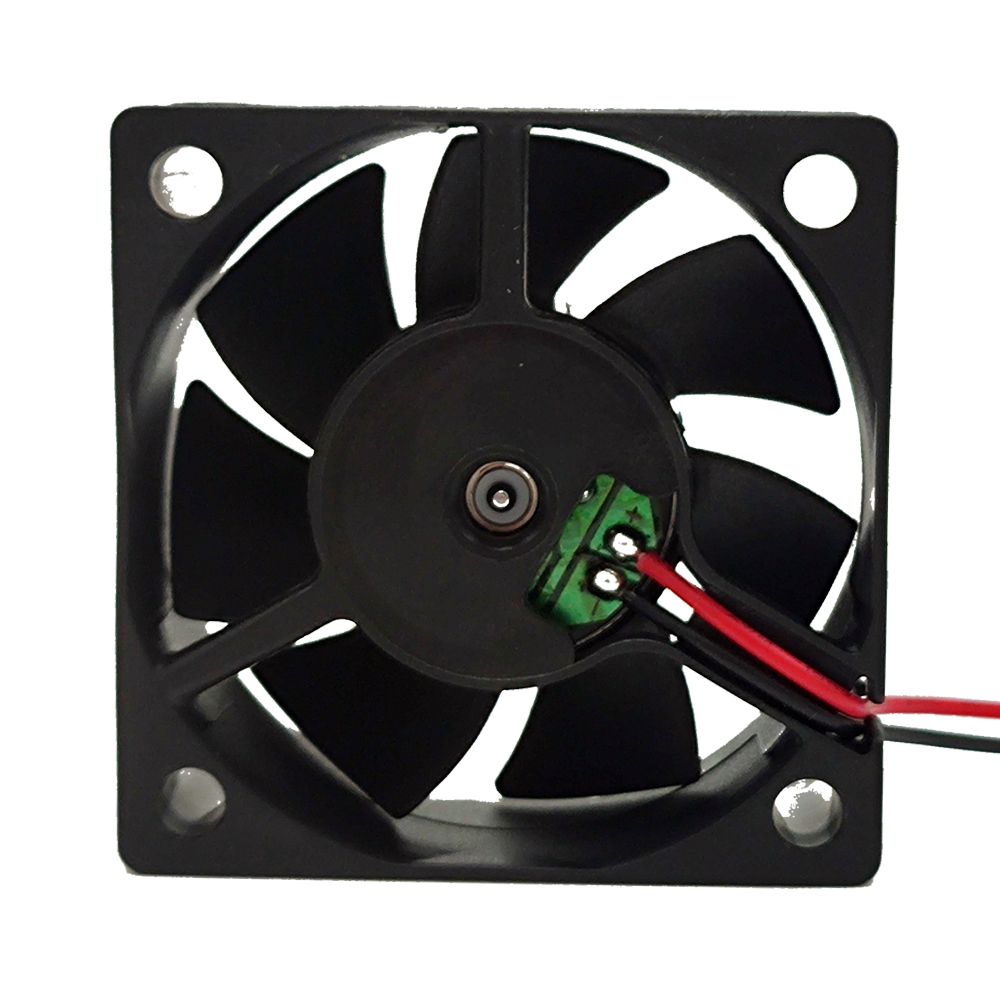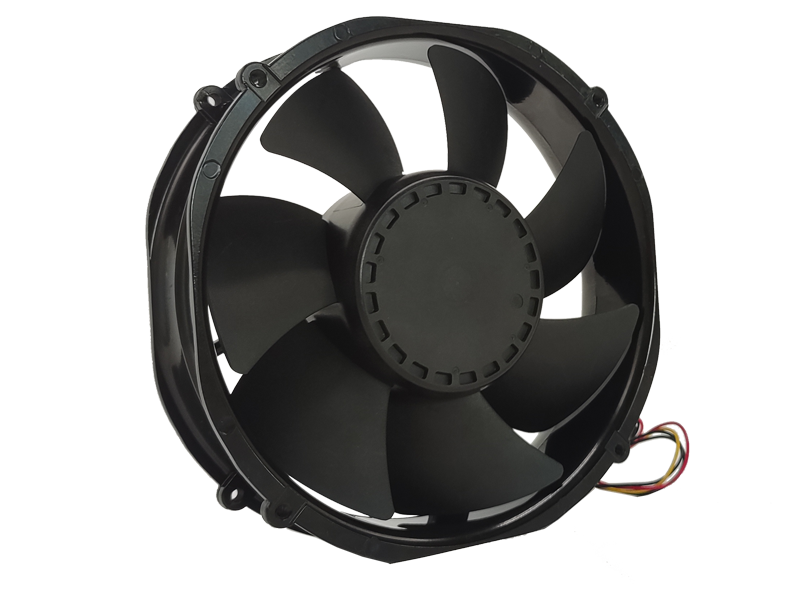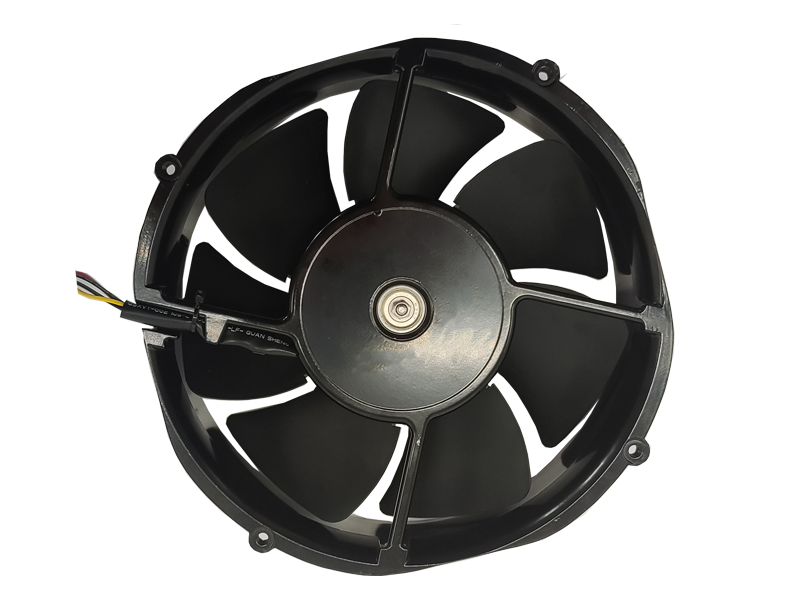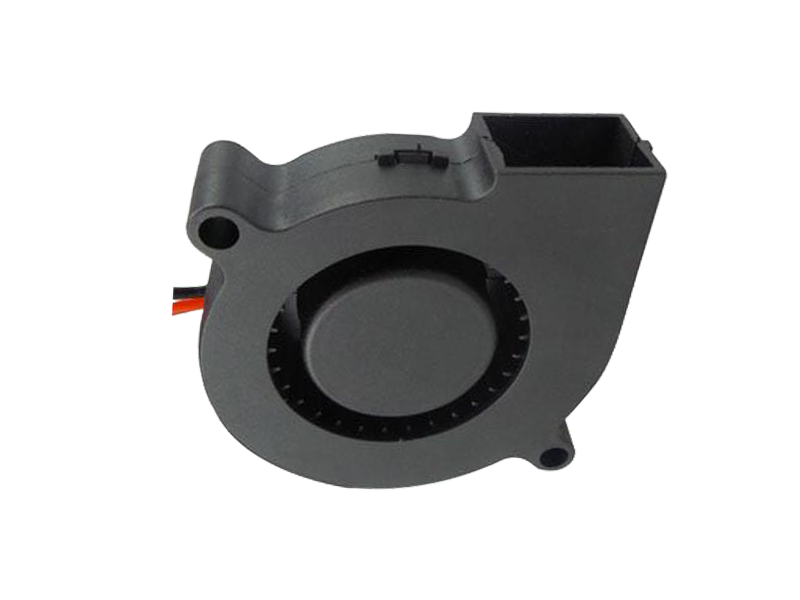Industrial fans are indispensable components in various sectors, from manufacturing and processing plants to large commercial spaces. Over time, their designs have evolved significantly, driven by the need for more energy-efficient, cost-effective, and environmentally friendly solutions. Today, industrial fans play a crucial role not only in ventilation but also in optimizing energy use, ensuring air quality, and even contributing to sustainability goals in manufacturing operations.
In this article, we will explore how industrial fans have evolved, the factors that have driven their development, and what the future holds for these essential products.
1. The Importance of Industrial Fans in Various Sectors
Industrial fans are used to move air and gases in large volumes and are essential in maintaining proper ventilation and temperature regulation in various industrial processes. Their applications are vast, ranging from cooling systems in factories to air circulation in large warehouses and even waste management systems.
Some of the most common sectors where industrial fans are used include:
Manufacturing: Cooling machinery, maintaining airflow in production areas, and controlling fumes and smoke.
HVAC Systems: Ensuring proper ventilation in commercial and industrial buildings.
Food Processing: Maintaining safe temperatures for storage and processing and controlling air quality.
Mining and Oil & Gas: Ensuring safety in confined spaces and controlling airborne contaminants.

Each of these applications presents unique challenges in fan design, including factors such as airflow capacity, pressure, durability, and noise control. As the need for energy efficiency and sustainability has grown in the past few decades, these challenges have become more complex.
2. Design Challenges and Innovations in Industrial Fans
The design of industrial fans involves several key considerations that balance performance, efficiency, and durability. A poorly designed fan can lead to inefficient energy consumption, excessive wear and tear, and increased operating costs. Therefore, engineers must pay close attention to the following aspects when designing or selecting an industrial fan:
a. Airflow Efficiency
Airflow efficiency is critical for industrial fans, especially in applications where high-volume air movement is required. Fan manufacturers use advanced computational fluid dynamics (CFD) simulations to optimize the shape and design of blades to minimize energy consumption and maximize airflow. This reduces operational costs and contributes to better overall system efficiency.
b. Energy Efficiency and Sustainability
The demand for energy-efficient fans has increased significantly, driven by rising energy costs and growing environmental awareness. Industrial fans today are designed to consume less power while delivering more airflow, which reduces the carbon footprint of industrial operations. High-efficiency motors, variable speed drives, and precision controls are increasingly being integrated into fan systems to minimize power consumption.
Moreover, the integration of smart technologies, such as IoT sensors that monitor airflow, temperature, and humidity, allows industrial fans to operate at optimal efficiency by adjusting their speed and power usage based on real-time conditions. These technologies help extend the lifespan of the fans, reduce energy waste, and contribute to an overall reduction in operational costs.
c. Noise Control
Noise pollution is a significant concern in industrial environments, particularly in areas with high fan use, such as factories or warehouses. Industrial fans can produce a substantial amount of noise if not designed and installed correctly. As noise regulations tighten in many regions, fan manufacturers have turned to innovations such as advanced blade designs, sound-dampening materials, and acoustic enclosures to reduce the noise output of industrial fans.
d. Durability and Maintenance
Industrial fans must withstand harsh environments, including extreme temperatures, exposure to corrosive chemicals, and heavy-duty operation. Durable materials such as corrosion-resistant metals, reinforced plastic, and high-performance coatings are essential in ensuring a long lifespan and reducing maintenance costs.
Moreover, innovations in predictive maintenance have made it easier for businesses to monitor fan performance and predict potential failures before they occur. Sensors and software tools can alert operators to irregularities such as changes in vibration or motor performance, allowing them to perform maintenance before costly breakdowns happen.
3. The Future of Industrial Fans: Trends to Watch
As industries continue to evolve, so too will the demands placed on industrial fans. Several trends are shaping the future of fan technology:
a. Smart Fans and IoT Integration
The integration of Internet of Things (IoT) technologies into industrial fans is one of the most exciting developments. With IoT-enabled sensors and controllers, industrial fans can be remotely monitored and controlled. Data on fan performance, energy consumption, and environmental conditions can be collected in real-time, enabling businesses to optimize fan operation, troubleshoot issues more efficiently, and track energy usage.
Smart fans will allow for predictive maintenance, automated adjustments based on changing environmental conditions, and detailed performance analytics that can guide improvements in system efficiency and reliability.
b. Environmentally Conscious Manufacturing
As sustainability becomes a more significant focus in all sectors, the fan manufacturing industry is adapting. Fans that are produced with recyclable materials, energy-efficient designs, and low environmental impact manufacturing processes are becoming more commonplace. This trend is especially relevant in industries like food processing and mining, where companies are facing increasing pressure to meet environmental regulations and reduce their carbon footprint.
c. Integration with Other Cooling Technologies
In industries that require heavy cooling, industrial fans are often used in conjunction with other cooling systems, such as heat exchangers, cooling towers, and chillers. In the future, we can expect to see further integration of industrial fans with these other technologies to create more efficient, multi-functional cooling systems.
4. Conclusion
Industrial fans are essential for various applications, from ensuring air quality to optimizing energy efficiency in manufacturing. As industries continue to push for smarter, more energy-efficient, and sustainable solutions, industrial fans are evolving to meet these demands. With innovations in energy efficiency, noise control, predictive maintenance, and smart technologies, industrial fans will continue to be a key component in optimizing industrial operations while reducing environmental impact.
As the industry embraces these trends, businesses that adopt the latest fan technologies will not only improve efficiency but will also contribute to a more sustainable future.
Recommended Products

The main purpose:Car charging station

The main purpose:Car charging station

The main purpose:Electronic refrigerators, water dispensers, direct drinking machines, inverter power supplies
Address:No. 4137, Longgang Avenue (Henggang Section), Henggang Community, Henggang Street, Longgang District, Shenzhen
hotline:13530005572(Chen)15112579390(Li)


Welcome all friends to come for consultation and negotiation.
Copyright 2024 @ Shenzhen Youneng Xinyuan Electronics Co., Ltd.,(industrial fans,industrial blowers,axial fans,cooling fans manufacturer,centrifugal fans,ac cooling fans,dc cooling fans)